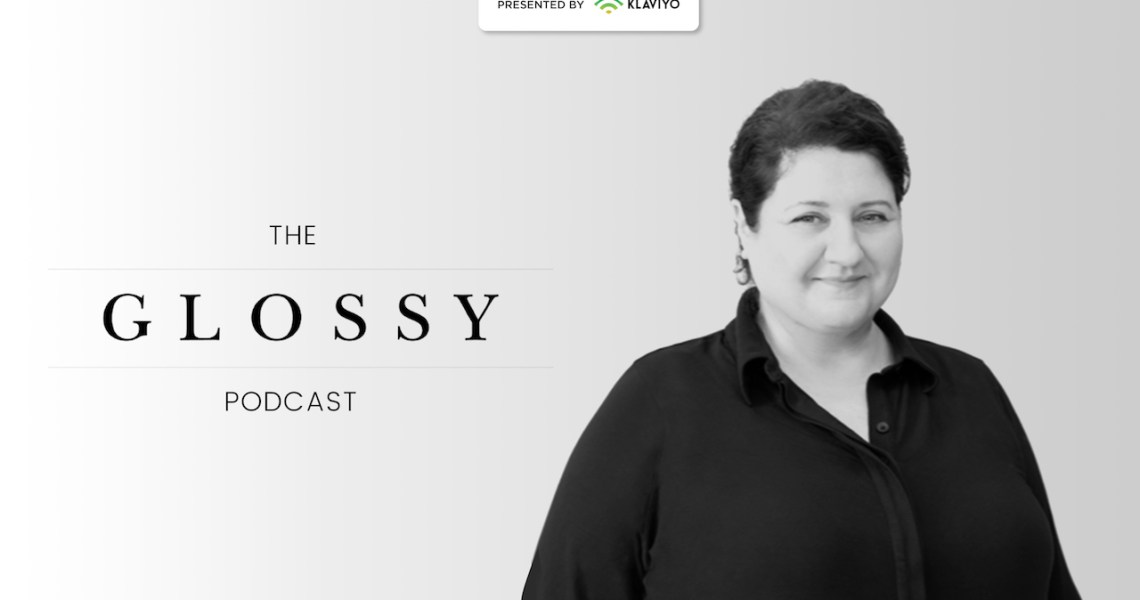Plus-size models have made uncertain gains in advertising in recent years, and according to Universal Standard co-founder Alexandra Waldman, the problem is how these models are depicted.
“I always looked at ads of these women in pattern-wrapped dresses and high heels, and I thought, ‘I don’t understand where she’s going,'” Waldman said on this week’s episode of the Glossy Podcast. “‘Where is she going with the bows and the things, and why does she have kittens on her T-shirt?'”
Universal Standard launched in 2015 to offer all of its items — no kittens, thanks — in sizes from 00 to 40. And though it’s opened five stores all in the last several months, it’s also made sure its website caters to women of all sizes, in a way they may not be used to.
“That size 8 doesn’t look anything like I’m going to look when I put on that dress,” said Waldman. “So we thought, ‘Why not photograph everything on every single size and then allow women, if they wanted to, to look at the scope of the range or to click a button and make the entire website just in their size?”
Waldman talked about the company’s insistence on inclusion, the industry’s sure but slow progress and the way Universal Standard has boosted more than one model’s career.
Ad position: web_incontent_pos1
Here are a few highlights from the conversation, lightly edited for clarity.
A no-brainer to go for size inclusivity
“We live in a world where 30% of American women have all of the choice in the world and 70% have very few options.
“It was kind of a no-brainer where to start, but the goal of the brand has always been to desegregate fashion and to remove the divide of ‘them’ and ‘us.’ Because as long as you’re the other, you’re the lesser.
“We really wanted to usher in a new normal that thought of women as consumers — not some women as consumers of this and other women as consumers of that.”
On the company’s models
“There are so many spectacular-looking humans out there who deserve to be in the public eye.
Ad position: web_incontent_pos2
“Let’s face it, this is how we change the perception of beauty: by seeing it over and over. If you’re just seeing one particular model — one face or one archetype — then you’re forced to judge yourself by how far you are from that archetype.
“We live in a much more advanced world now, do we not? The understanding of what’s beautiful is much broader and much more interesting, so that’s what we choose to represent.”
The industry is moving, but slowly
“Right now, it’s moving in the right direction and people are dipping their toes, but there are very few brands that are really willing to say, ‘Yes, let’s get rid of this old archaic, stupid, ridiculous system and make clothes for all women.’
“I think there’s a lot of hedging: ‘Let’s see who does this first,’ or ‘We want to be on the right side of things, but we don’t want to invest in this consumer.’ Whatever it is, there are a million reasons not to do it if you don’t really want to.
“You really have to be determined to create this new paradigm, and I personally believe that at the basis of all of it is changing the minds of people who help the populace determine what is attractive.
“Part of that is changing of the mind, part of that is changing of the guard. A lot of people who have been running the show are going to be going away, and there’s a newness that’s coming into the fashion industry overall, which is very refreshing.”




